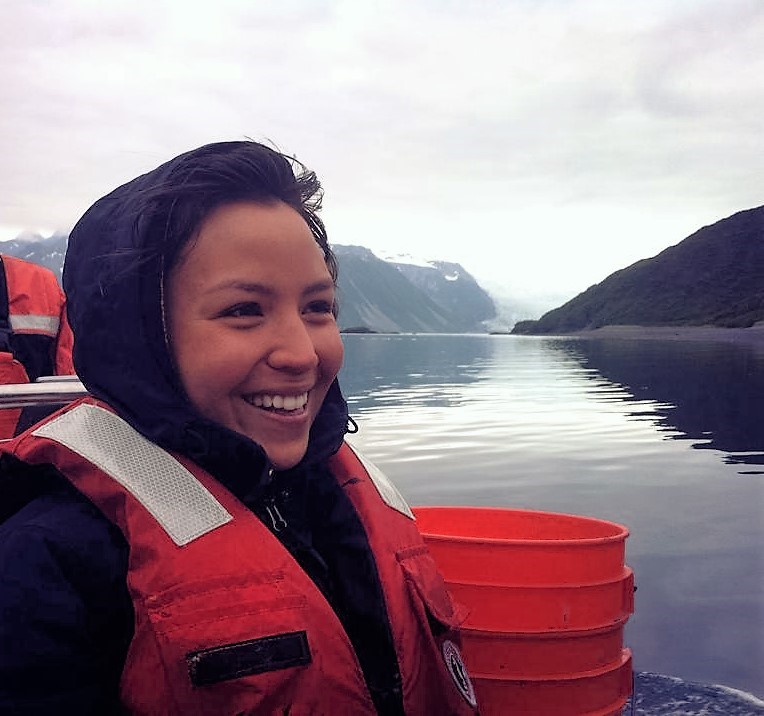
The United States officially became an Arctic nation when it purchased the territory of Alaska from Russia in 1867. Today, many Americans are unaware of the Nation’s vast polar landscape or the fact that more than 60,000 Americans live above the Arctic Circle.
Fortunately, Arctic awareness is increasing. One year ago this week, President Obama became the first sitting president to visit the Arctic, during a trip to Alaska. His journey north captured the incredible beauty of Alaska, documented the dramatic impacts of climate change on Arctic communities, focused attention on the importance of national initiatives to address urgent needs in the region, and spurred the announcement that the White House will host the first-ever Arctic Science Ministerial next month to expand international scientific Arctic collaboration. During his trip, President Obama traveled around Alaska talking to people and hearing their stories first-hand.

Polar Portraits continues the conversation by sharing stories and images of Americans in Alaska’s Arctic, as well as the many researchers, educators, and policymakers in the lower 49 states and across the world whose lives are touched by the region. Polar Portraits will also profile non-Arctic individuals whose research or livelihoods bring them in contact with the Nation’s northernmost region, including people who may be in your own state or community working to advance our understanding of the Arctic.
This effort is sponsored by the U.S. Arctic Research Commission (USARC), the organization tasked by Congress with establishing and promoting Federal Arctic research priorities, with support from the Arctic Executive Steering Committee.
Polar Portraits’ first interview shares the story of Ms. Yosty Storms. Storms is Iñupiaq and hails from Unalakleet, a 700-person village on Alaska’s western coast. Growing up, Storms and her family harvested caribou and bearded seal to fill their freezer. Storms discovered her passion for science when she was a 14-year-old participant at the Alaska Native Science and Engineering Program (ANSEP) science summer camp where she now works as a regional director. Connecting science to her village’s ability to live off the land and the water, Storms hopes to ensure that the program continues to attract young Alaska Native students to science, technology, engineering, and mathematics. “One memory I have is eating native food at my Grandma’s house…with my whole family, and my mom always saying how rich we were. When I was younger I didn’t really understand that, but as an adult, understanding that we were fortunate to be able to eat food off the land and gather it ourselves—that’s like, wow…I want that to be preserved and protected, so that generations after me can experience that same livelihood.” She said, “The Arctic, for us Alaska Natives, … it’s not only a way to get our subsistence, but it’s our way of life. Without it being protected or studied, it’s lost. And a whole group of people are lost.”
You can follow these stories on Facebook, on Twitter, and on Instagram. To learn more about life in the Arctic, check out State Department’s Our Arctic Nation and Polar Voices, supported by the National Science Foundation (NSF).
Fran Ulmer is Chair of the U.S. Arctic Research Commission.
Noël Bakhtian is a Senior Policy Advisor at the White House Office of Science and Technology Policy.
Ann Robertson is an Intern at the White House Office of Science and Technology Policy.

